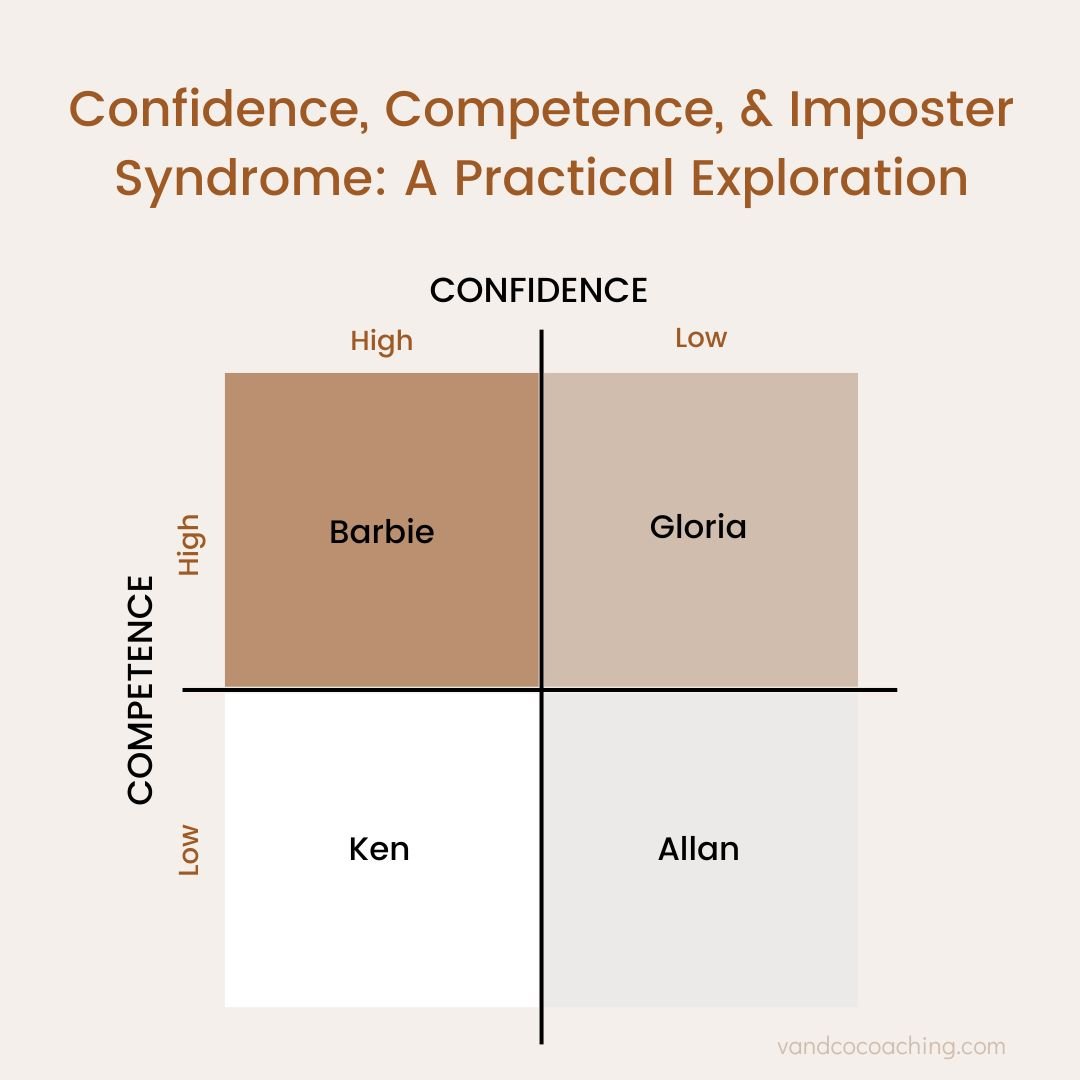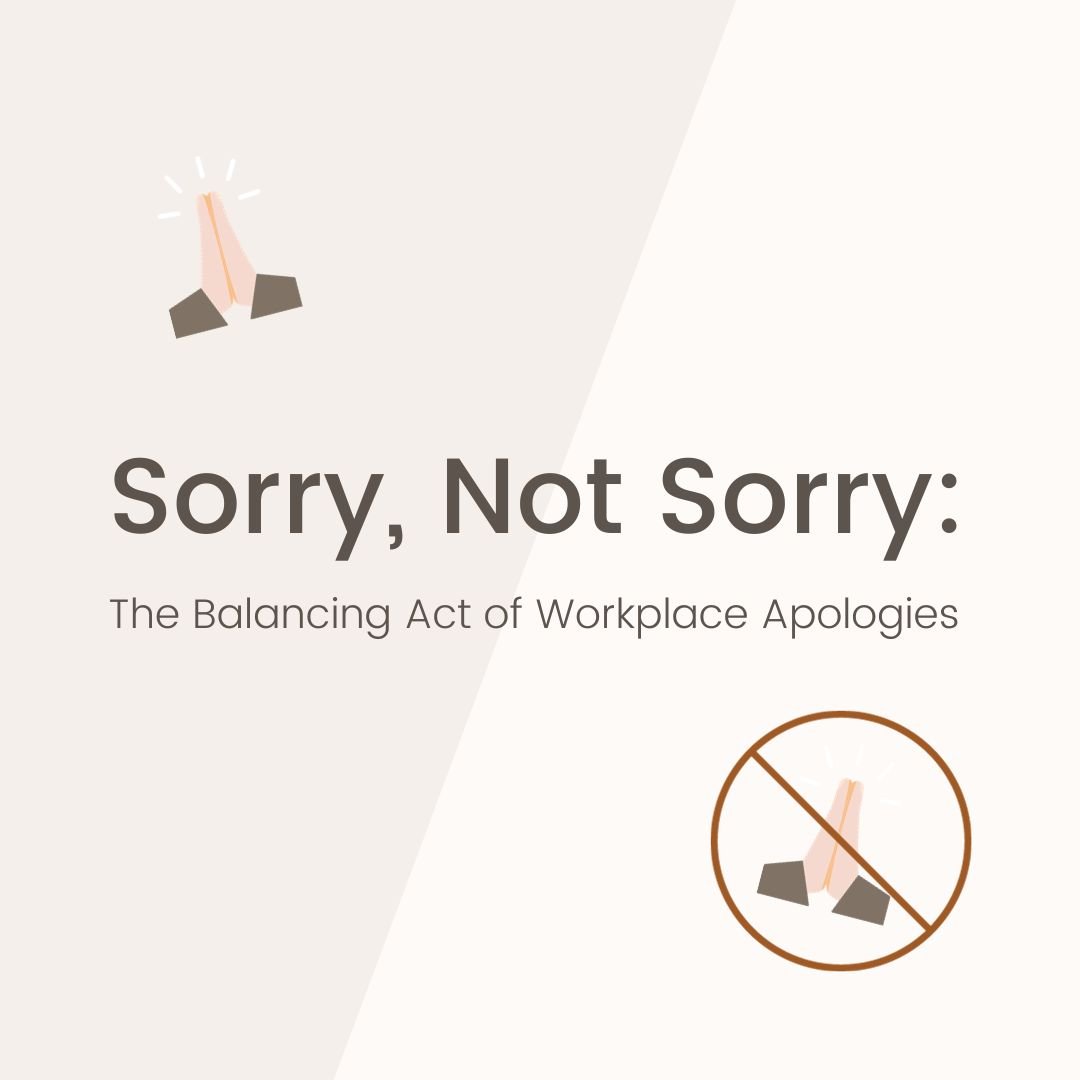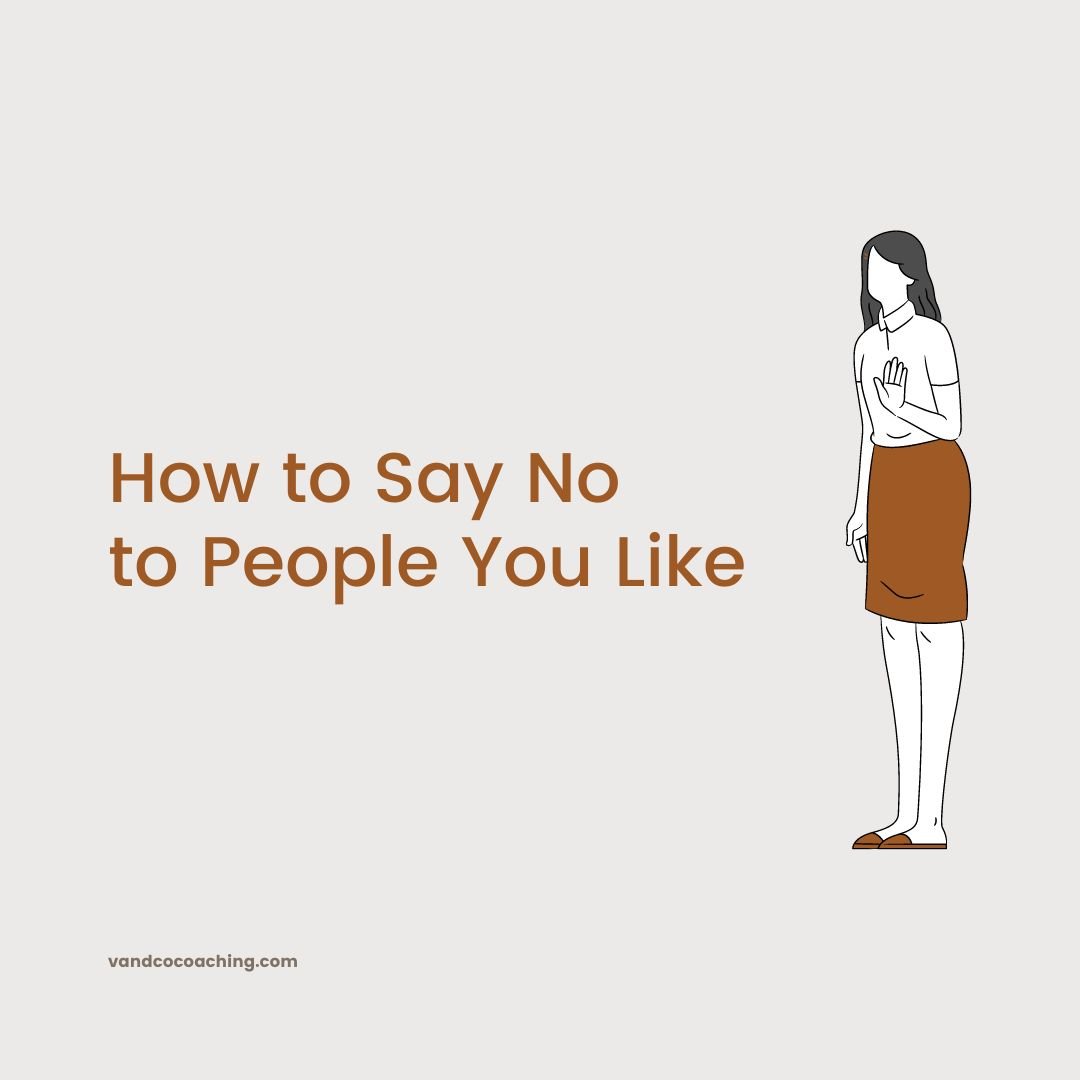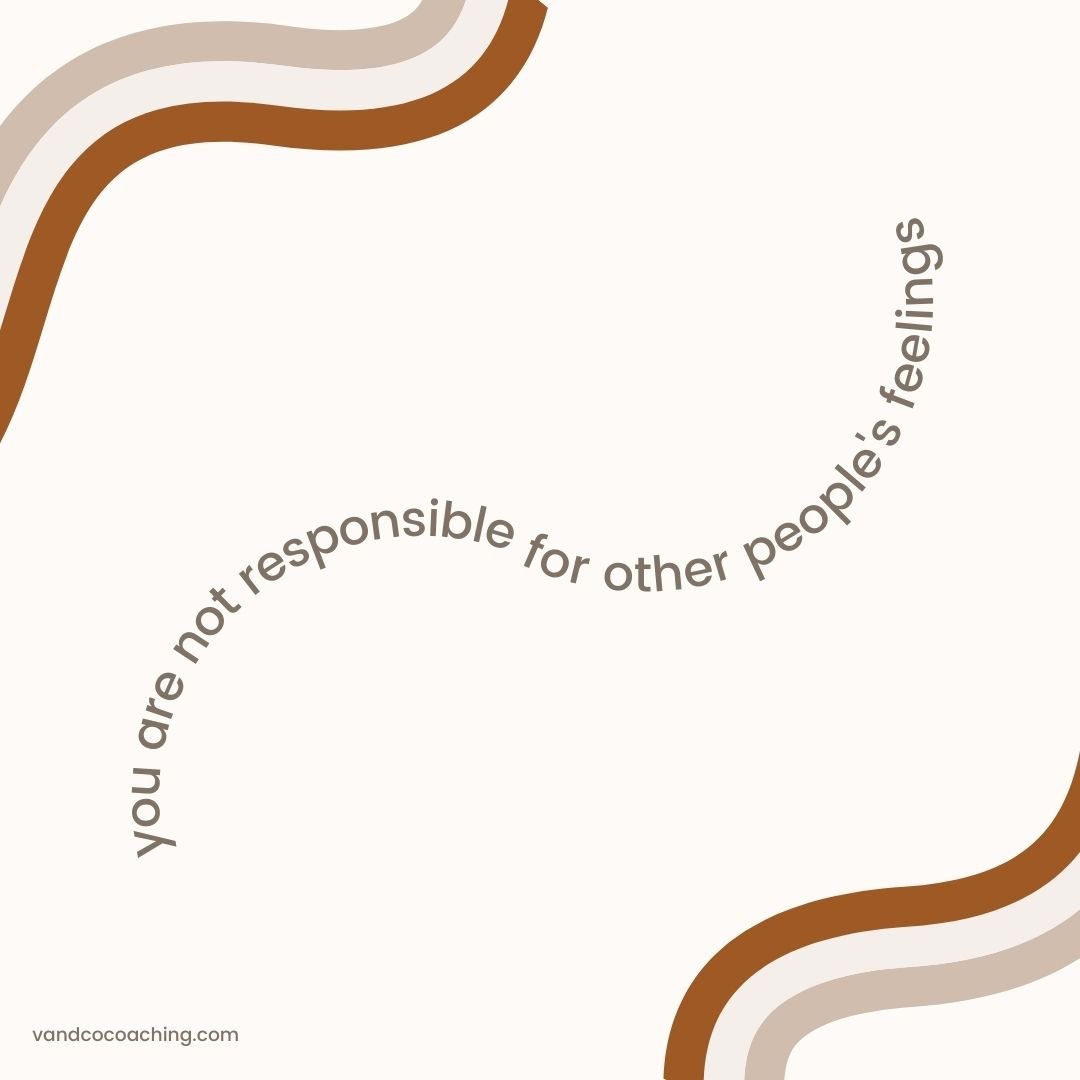How Boundaries Empower Us
Blowing up in anger, being fed up with someone, feeling pressured to say Yes, feeling resentful, frustrated, having a constant low-grade hum of discontent....
My clients are quick to identify these kinds pain points in their lives. But I've noticed they're less likely to connect the dots to a solution they're probably already aware of: setting boundaries.
Like water flowing downhill, it's natural to focus on the person making us miserable and how simple it would be for them to just fall in line with our way of thinking and change. It's a significantly bigger lift to recognize that we're the ones with the power and have to put time, effort, and potential discomfort on the line if we want things to be different.
The plain truth of the matter is that we have no real control over others. Not what they value, not what they think, not what they say, not how they behave.
A way to empower ourselves in relation to others is to set boundaries.
Boundaries act as a filter to help us get only the behaviors that are acceptable to us.
Think of it like apple picking: the apples on the tree are the apples on the tree. We can’t change the apples but we can filter which ones we allow to be eaten out of hand, which to use for applesauce or a pie, and which ones we wouldn’t touch with a 10-foot picking pole.
We can’t change someone’s behavior but we can change what kind and how much of a relationship we want with it.
We don’t have to change anyone. We can do it all ourselves.
Boundaries made simple:
What’s a boundary?
A boundary is a limit we draw to define the difference between what we will and will not accept from others.
What does “setting boundaries” mean?
Setting boundaries is deciding, communicating, and reinforcing the limit of what’s OK for ourselves and our personal resources.
How setting boundaries empowers us:
Frees up time and energy for the things we really want in life.
Protects and honors our sense of self. Shows self-respect.
Set us up for longer-term, sustainable success by helping us avoid future conflicts and resentment.
How to set boundaries:
#1. DECIDE: Get clear within yourself about where in your life you’d like to set boundaries.
Notice your “tells” that you are giving too much of yourself or your resources away — you may feel drained, resentful, feel guilty, have a hard time saying No, or get disproportionally annoyed or fearful at a request.
Recognize how much you’re genuinely willing to give and what you’re not willing to give. For example: a handshake is fine, but a kiss on the cheek crosses your boundary. You’re willing to give extra time on the weekends under certain circumstances but you need to leave promptly at 5pm during the week. You are okay with your loved ones raising their voice during an argument, but name-calling is unacceptable.
Remember: you and you alone get to pick what works for you. You can always change, make exceptions, or redefine your boundaries later.
#2. COMMUNICATE: Explicitly state your boundary using clear and simple language.
“No” is a full sentence, or use short “I-based” statements.
There’s no need to apologize or overexplain.
Depending on the situation, you may find it useful to share an acceptable alternative (“I can’t do today but next week is fine.”) You can also soften the delivery of the message by empathically reflecting back the other person's POV. "I hear it's important to you that we spend quality time together. It is for me too, but tonight doesn't work for me."
#3 REINFORCE: restate, remind, share and enact consequences if necessary.
Be consistent with your boundary. Restate it if needed, and remind the other person that you’ve previously communicated your boundary. Share the consequence if they cross the boundary again. Prepare to enact the consequence if necessary.
A consequence can be a natural consequence of the situation, losing a relationship over unacceptable behavior, for instance, a removal of a privilege the other person has with you, reduced access to yourself or your resources, etc. For example:
Things to keep in mind:
I've kept things simple here to get us more inclined to use boundary setting to support what we want more of in life. In the real world, however, things are often more nuanced and complicated. Empower yourself to make exceptions, be fluid, and experiment. It will take time, preparation, practice and may feel weird at first!
Sometimes when a new boundary is set, especially against a repeated behavior, the other party may double down or react unexpectedly. Prepare in advance how we'd like to uphold your boundary if this happens.
Drawing boundaries may have us interacting less with people we care about, or not at all. To avoid sugarcoating — this sucks. But if our boundary honors ourselves, I'd argue we're not losing anything worth keeping.
Getting used to setting boundaries takes effort and practice. It can feel scary to rock the boat in a relationship. But it's short-term learning and discomfort in service of long-term mental health and well-being.





































